Description
Fine colorful oil on canvas (laid on paperboard) painting titled After the Storm, Cape Elizabeth, Maine by well-listed American artist, Rupert Scott Lovejoy (1885-1975). This oil painting is in very good condition and it measures 12 x 14 unframed. It is signed in the lower right. Titled, signed and dated (1928) on the reverse. Painting has the bold layer of color (see closeup photo of signature) that Lovejoy was known for. Silver-gold frame measures 15 x 18 . Painting is ready to hang!
Rupert Scott Lovejoy was born in Portland, Maine on 3 June 1885. His mother was a painter and encouraged his interest in art. After she died, Rupert was pressed by his stepmother to choose between becoming a dentist or an undertaker. He decided in favor of the former and graduated with honors from Tufts University Dental School in 1909. Lovejoy s dream of becoming an artist continued, even grew after he entered professional life. To this end, he attended evening classes at the Portland Art School. As a member of the Portland Camera Club, he gained national and international distinction and won many prizes in pictorial photography. His prints of mountain scenes were used as models of composition.
In spite of a busy schedule and family responsibilities, Lovejoy continued to paint. Occasionally the results of his efforts were used to decorate the walls of his office. In 1915 eeeWalter Griffin, a distinguished American impressionist painter, came to Lovejoy for treatment for a dental infection. Favorably impressed by one of Lovejoy s paintings hanging in the office, Griffin encouraged the artist to accompany him on his painting trips in the countryside of Maine. In 1918 Griffin had acquired an old colonial house with an idyllic millpond at Stroudwater in Maine. It was in this setting that Lovejoy watched the impressionist artist at work and he painted under his guidance. Explaining and demonstrating the salient techniques of impressionism, Griffin urged Lovejoy to alternate pigment application from brush to palette knife and also showed him how to obtain vibrant colors in manipulating heavy impasto pigments in juxtaposed dabs and strokes. Griffin, to gain greater brilliance and binding, applied a thin coating of varnish on the canvas before adding pigments. Accordingly, Lovejoy learned Griffin s manner, in addition to several other techniques. As requested by Griffin, Lovejoy kept the older painter s technical mysteries under his hat until Griffin s death (Lovejoy, 1975).
After Griffin returned to France in 1922, Lovejoy forged ahead with painting in an attempt to develop his own style. He proved his versatility by executing outstanding watercolors. When these were first exhibited at the Contemporary American Watercolors show in Boston, a critic for the Boston Evening Transcript described his work as delicate and deft. Later critics praised Lovejoy s oil paintings for their color harmony and composition. Lovejoy was capable of capturing the particular essence of atmosphere and the fleeting qualities of nature. He produced successful impressionism in the depiction of his native countryside; indeed, in his mature works his colorful imagery and dashing spontaneity might be termed a kind of American fauvism.
From AskArt Archives.
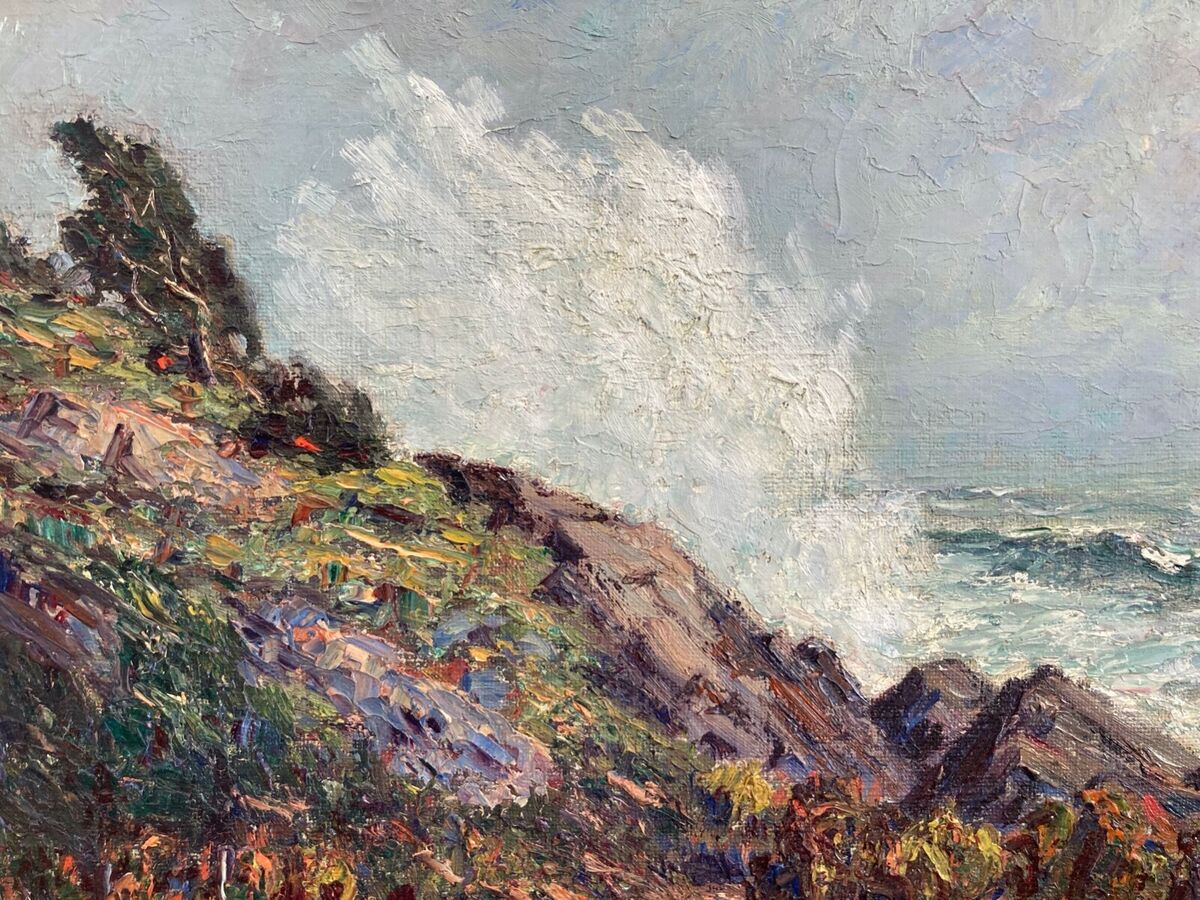
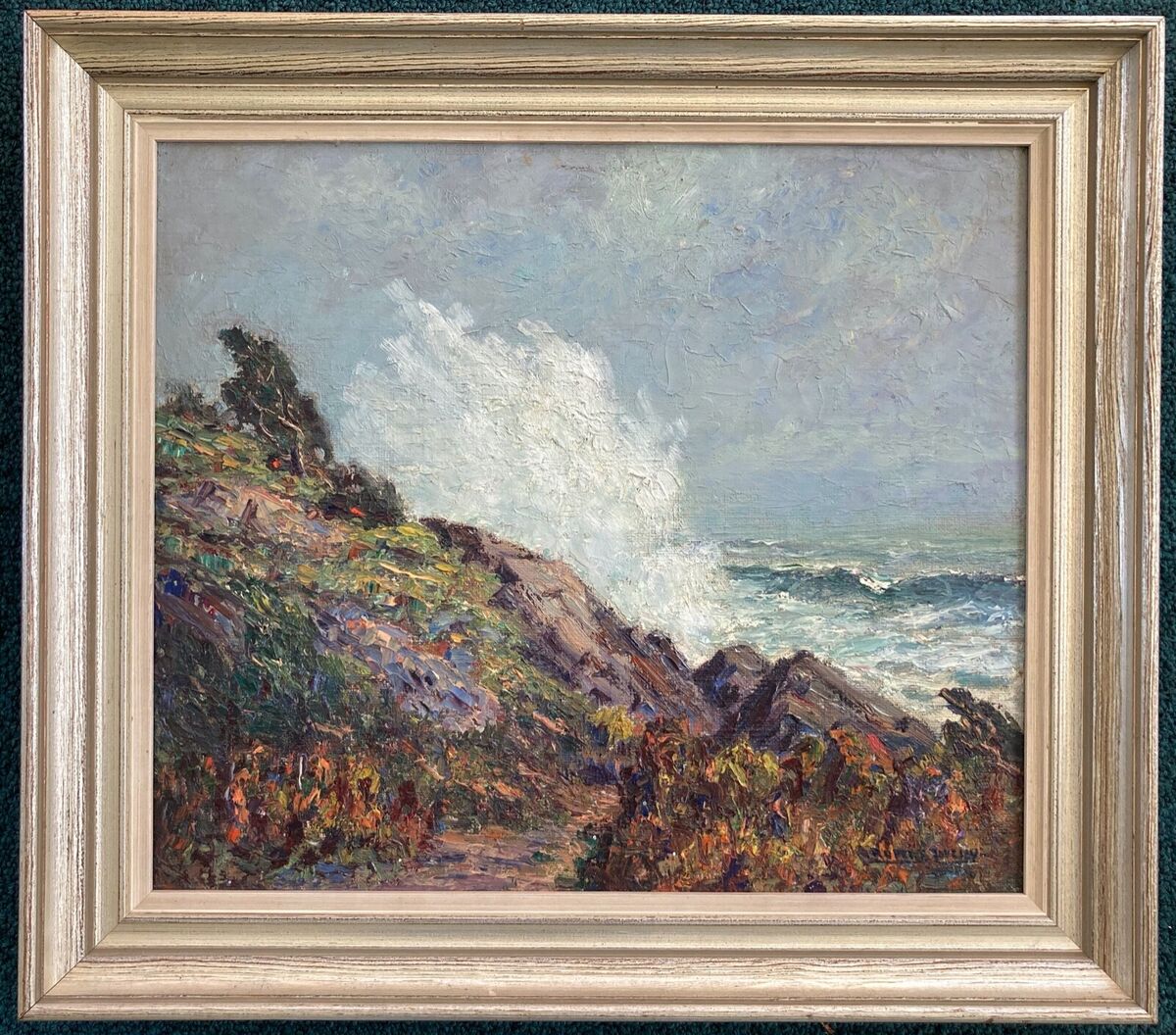
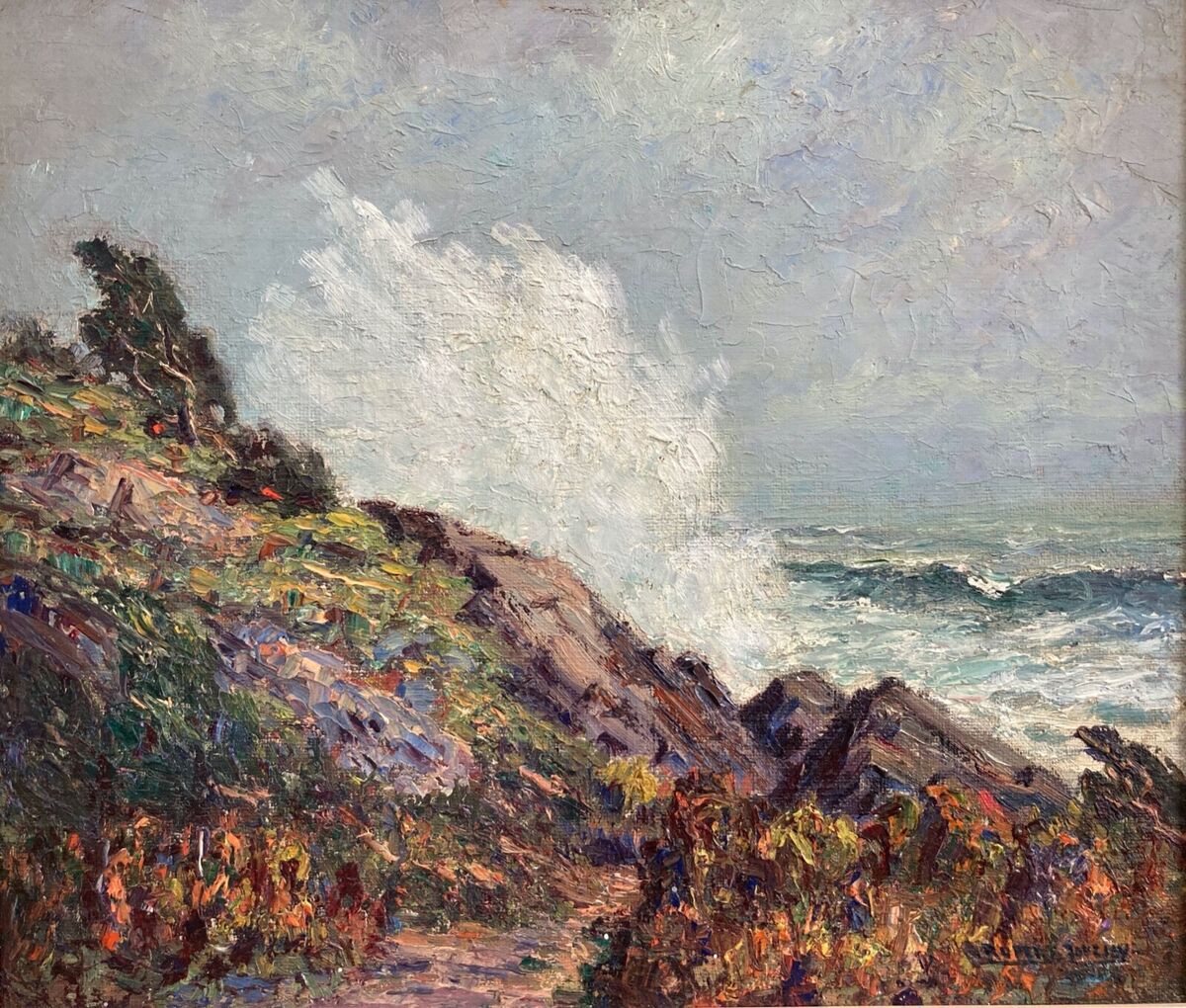
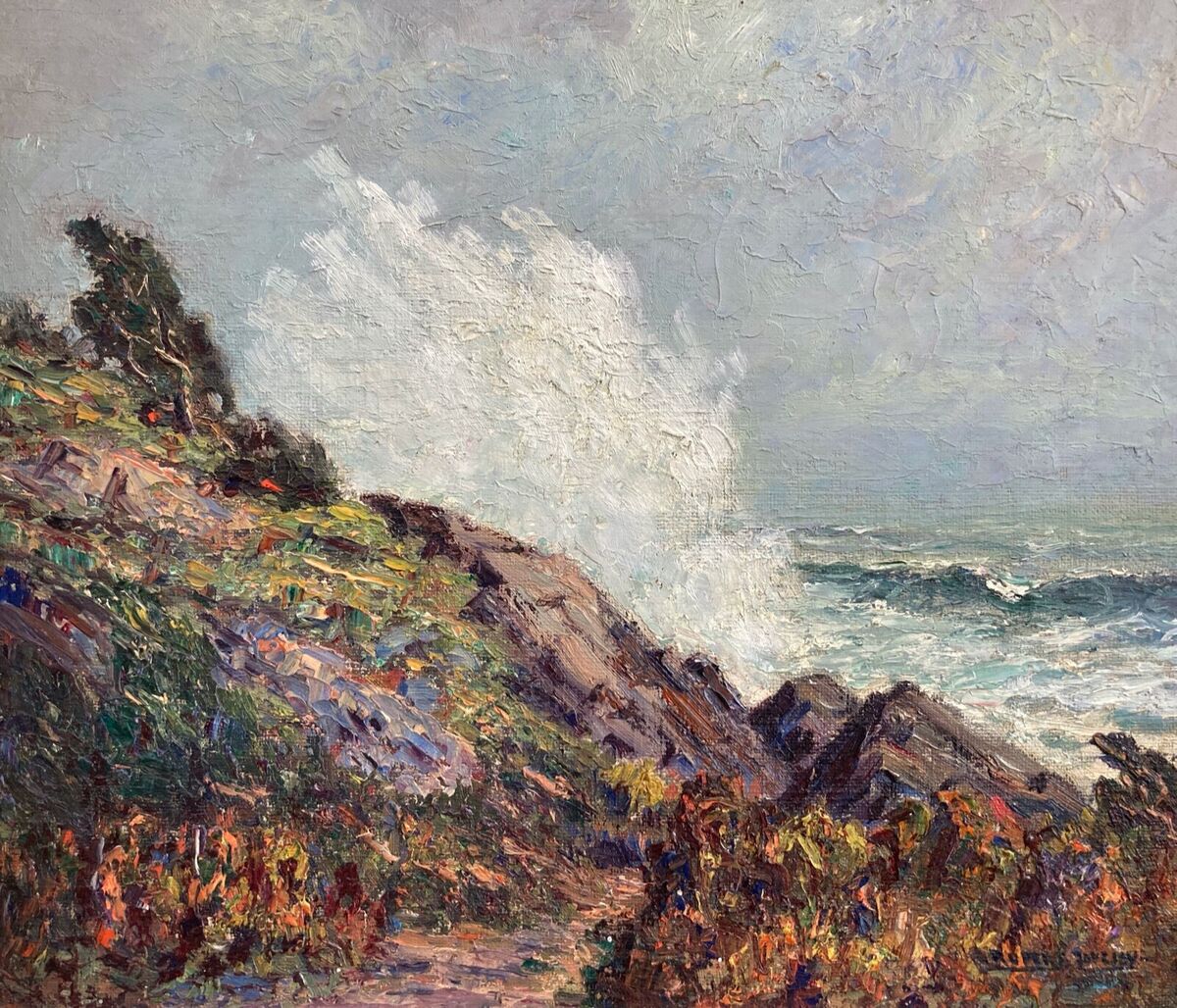
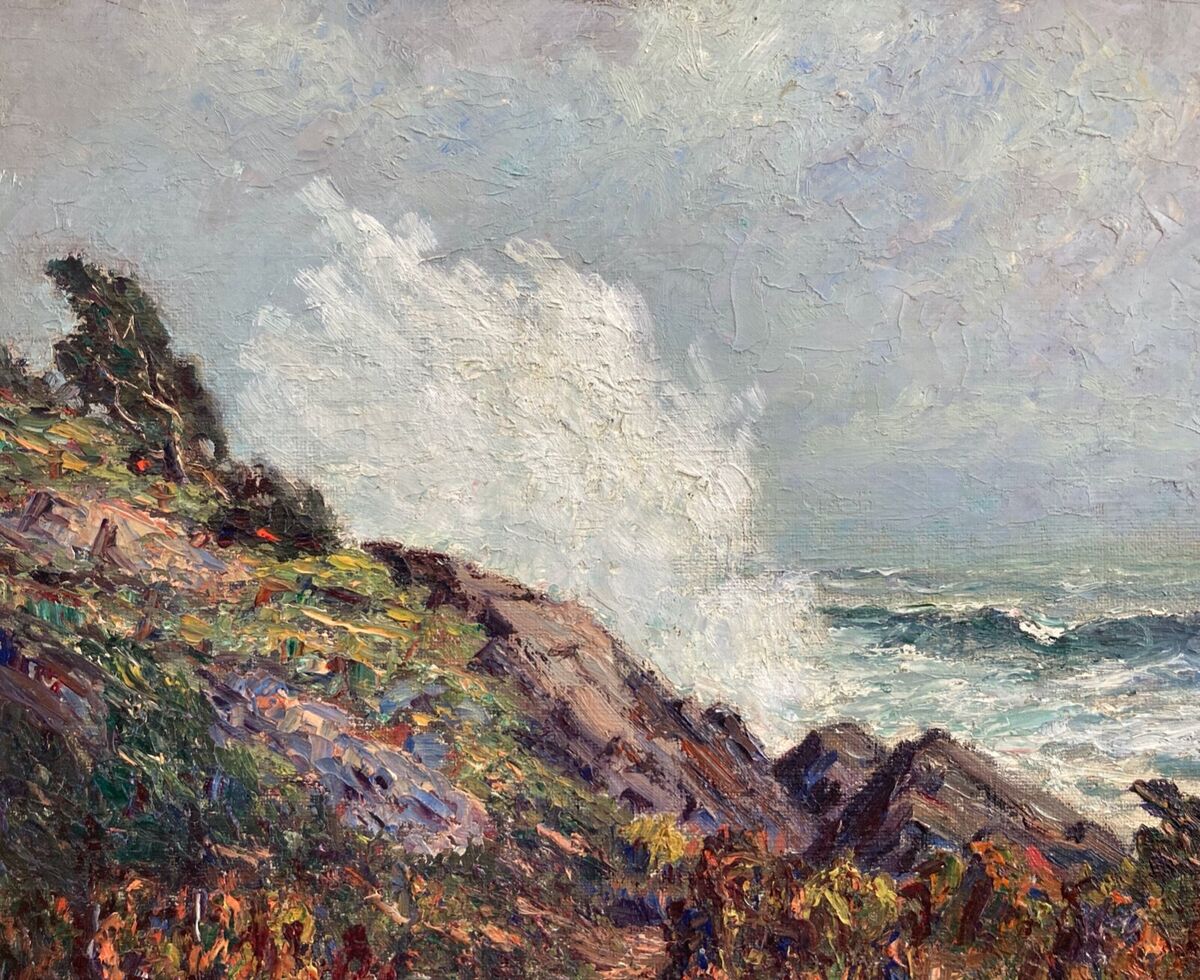
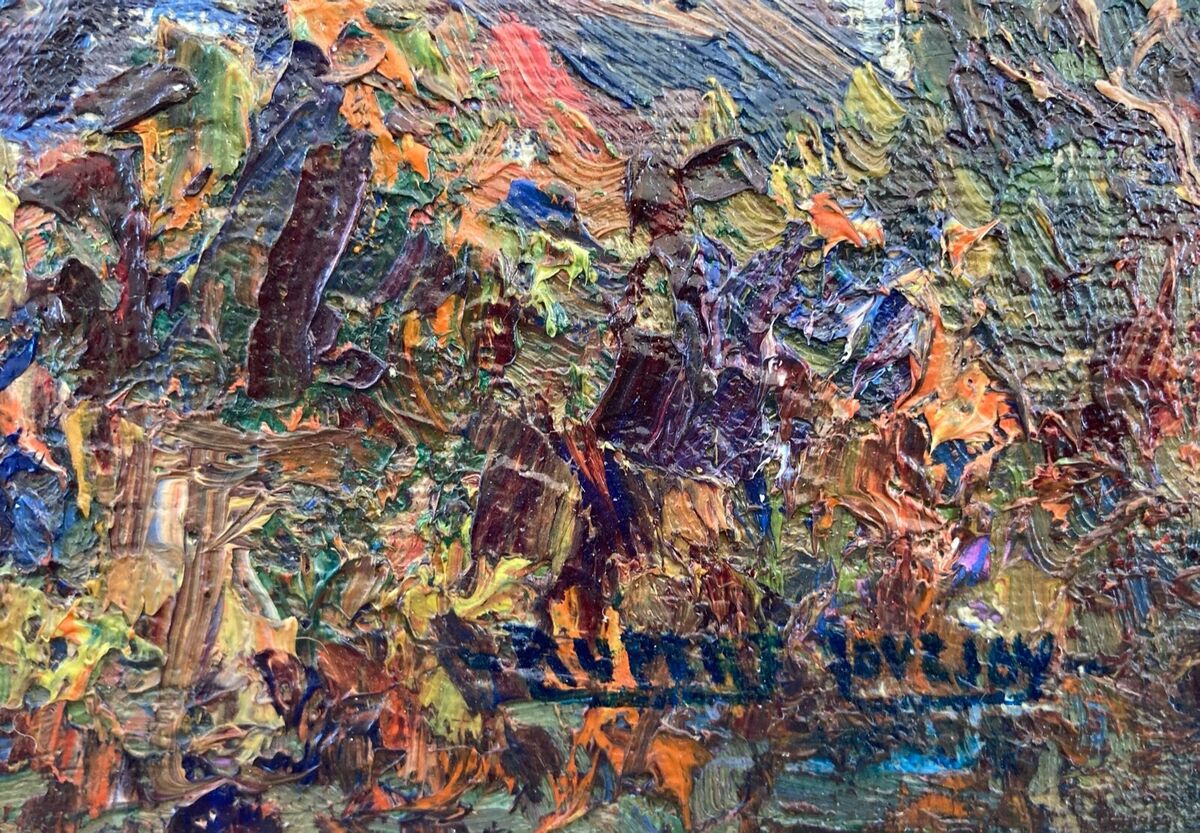
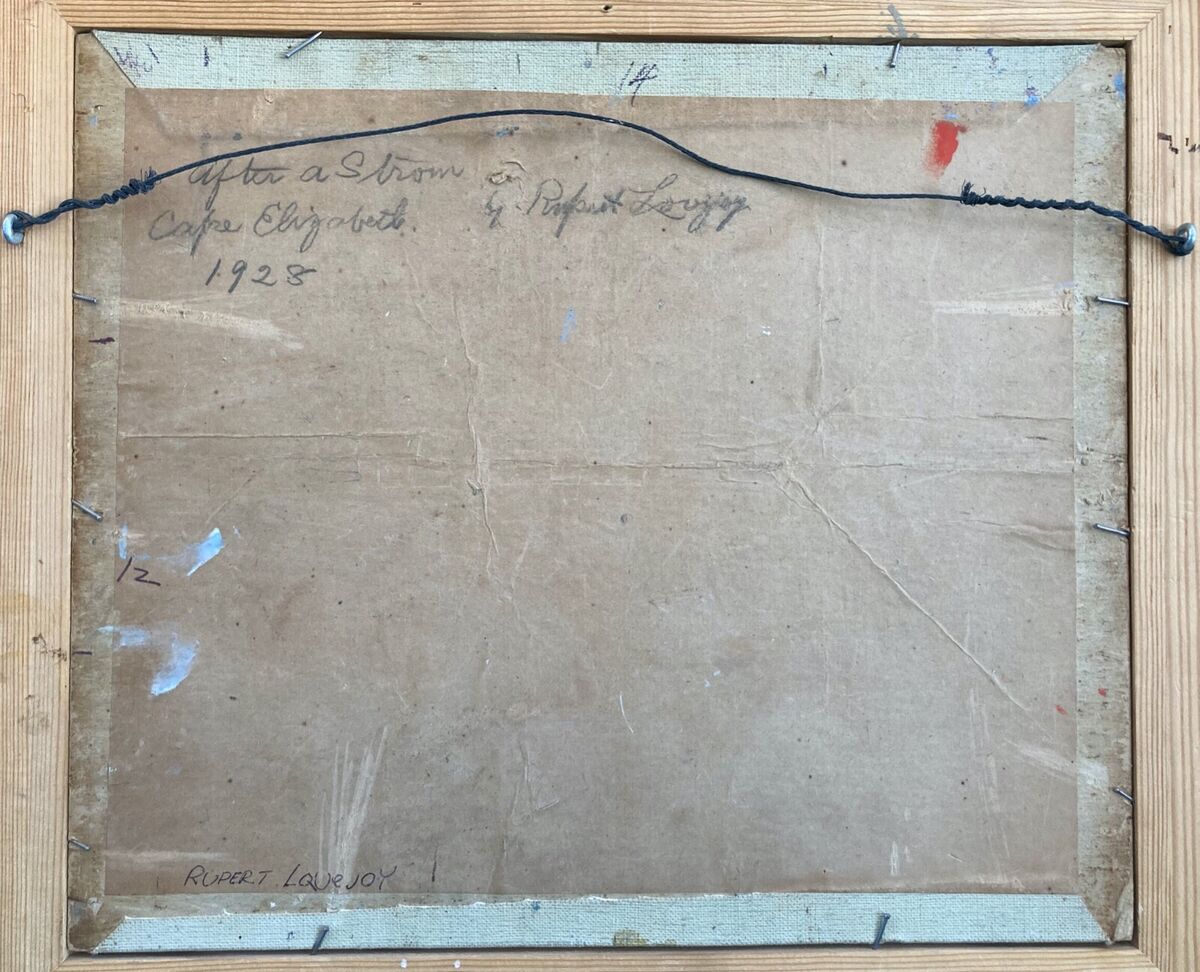
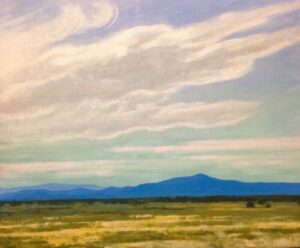

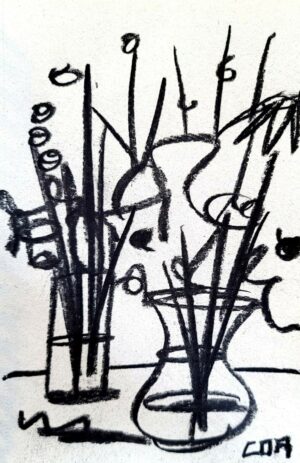
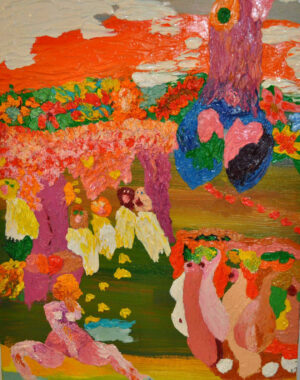

Reviews
There are no reviews yet.